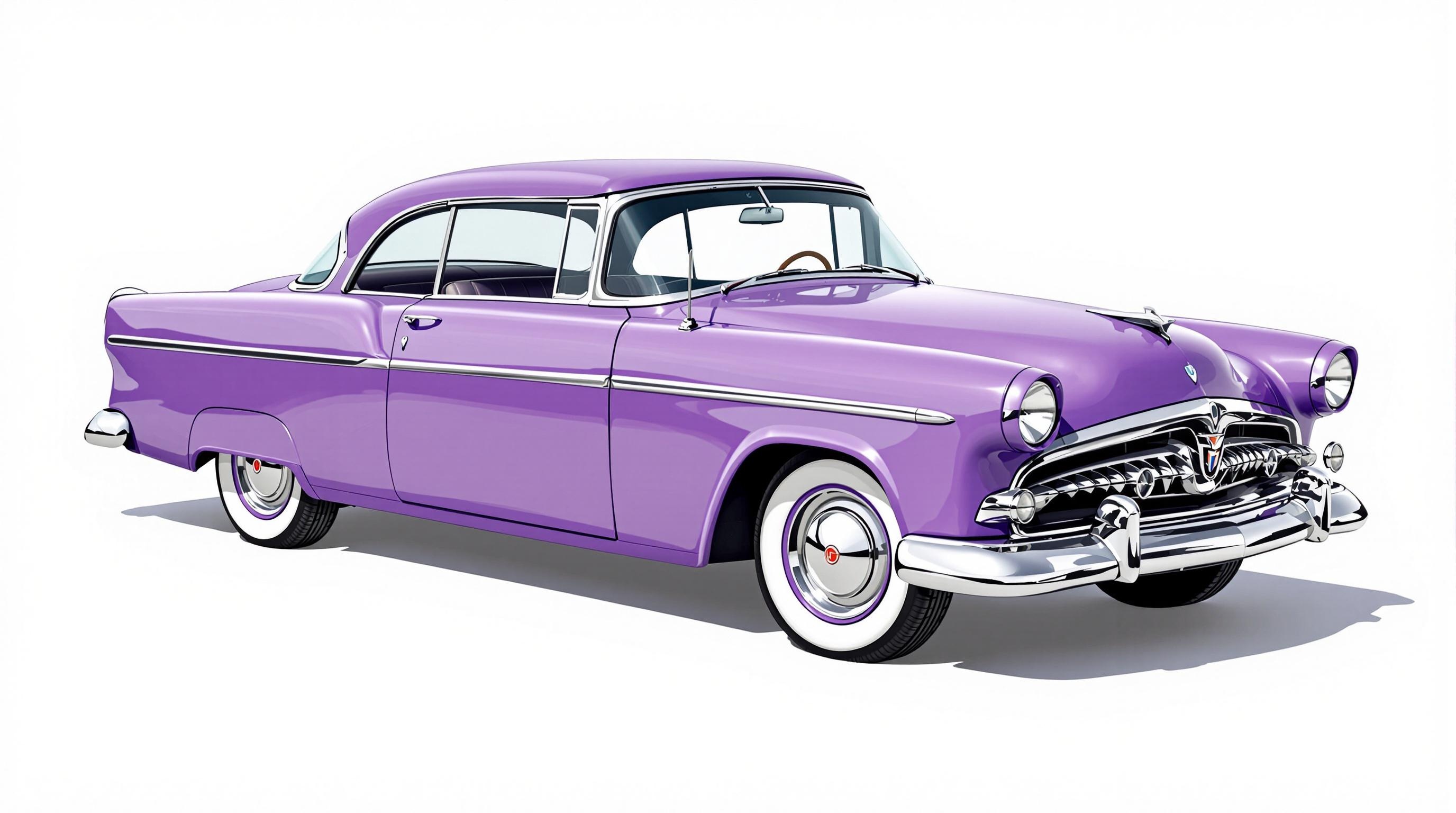
Image of 1956 Hudson Hornet, Note: These illustrations use artistic license and may differ from actual historical models.
The Legacy of Hudson Motor Car Company
Stepping into the realm of classic automobiles, the Hudson Motor Car Company emerges as a beacon of innovation and style. Established in 1909 in Detroit, Michigan, Hudson was born from the vision of eight entrepreneurs, including Joseph L. Hudson, a department store magnate whose financial backing gave the company its name. The brand quickly distinguished itself by offering vehicles that combined performance with luxury, at a time when the automotive industry was still in its infancy.
A Trailblazer in Automotive Design
Hudson's historical significance is anchored in its commitment to engineering advancements and design excellence. The company was among the first to introduce features that are now standard, such as dual brakes and dashboard warning lights. In the 1930s, Hudson made waves with its "Essex-Terraplane" line, which offered an unprecedented blend of speed and affordability, capturing the attention of a nation caught in the grips of the Great Depression.
A Notable Moment: The Birth of the "Step-Down" Design
In 1948, Hudson revolutionized automotive design with its "step-down" chassis architecture. This innovative approach lowered the car's center of gravity by allowing passengers to step down into a floor that was surrounded by the vehicle's frame. This not only led to a safer ride but also provided a sleeker silhouette and improved handling dynamics—a true game-changer that left an indelible mark on the industry.
Hudson's Performance Prowess: The Hornet
One cannot discuss Hudson without tipping their hat to the legendary Hudson Hornet. Dominating stock car racing from 1951 to 1954, the Hornet became synonymous with raw power and agility. Its high-compression straight-six engine, known as the "Twin H-Power," became a force to be reckoned with on both track and highway, cementing Hudson's place in motorsport history.
The Merger and The End of an Era
Despite their innovations and racing accolades, Hudson faced financial challenges in the post-war era. In a strategic move to stay afloat, Hudson merged with Nash-Kelvinator Corporation in 1954 to form American Motors Corporation (AMC). This merger marked the beginning of the end for Hudson as an independent marque. By 1957, AMC had phased out the Hudson brand entirely, turning it into a revered chapter of automotive history.
Hudson Today: A Treasured Classic
While Hudson Motor Car Company ceased production over half a century ago, their legacy lives on through enthusiasts and collectors who cherish these vehicles' unique character and historical significance. The marque's innovative spirit continues to inspire admiration among classic car aficionados worldwide.
For those eager to delve deeper into each model's rich tapestry—from the luxurious Commodore Custom Series to the formidable Hornets—detailed guides await. Discover specifications that highlight why these vehicles are more than mere machines; they're rolling testaments to an era when craftsmanship and ingenuity ruled the road.
Whether you're restoring a classic or simply dreaming of vintage lines and throaty engines, exploring these models will offer you a glimpse into an illustrious past where every turn of the key was the start of something extraordinary.
To learn more about each of these iconic Hudson models, click on their respective links below for comprehensive guides and catalogs that will transport you back to an age where every detail mattered.
